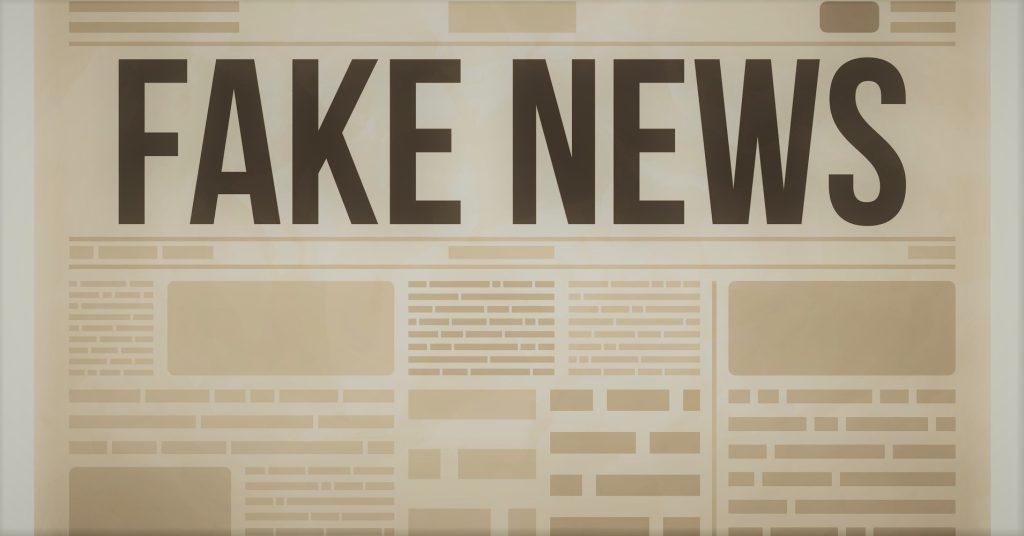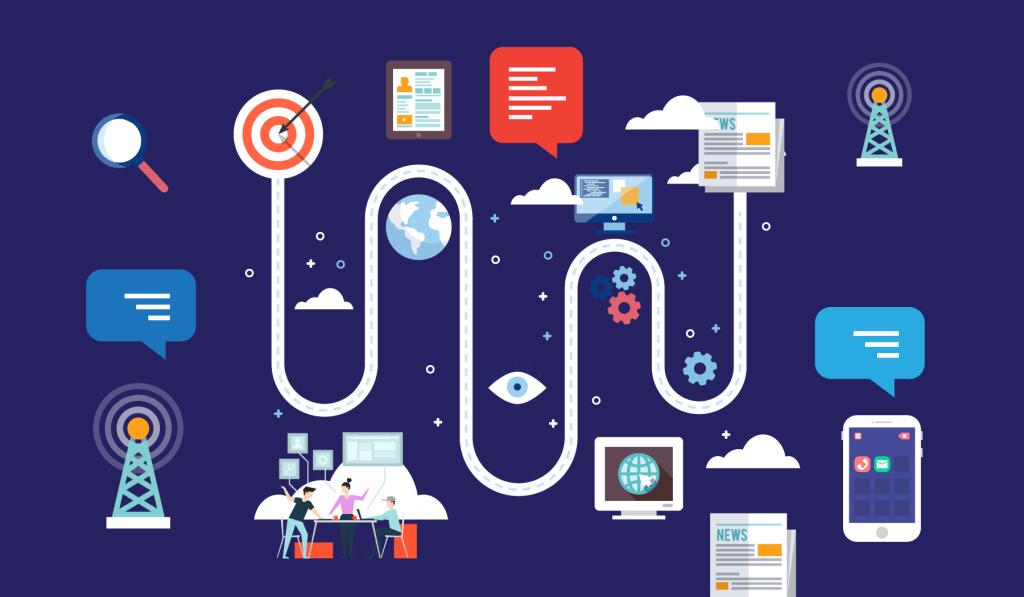In an age dominated by digital information, the rise of fake news has become a pervasive challenge, highlighting the critical need for media literacy.
Whether you’re enrolled in an MA in Film Television And New Media Production, pursuing a Ba In Film Television And New Media Production, or considering Masters in Journalism and Mass Communication in Mumbai, understanding how to navigate and discern misinformation is a crucial skill.
This blog aims to guide students through the complex landscape of fake news, emphasizing the significance of media literacy in today’s media studies programs.
The Pervasiveness of Fake News:
Fake news, fueled by the rapid dissemination of information online, poses a substantial threat to informed decision-making. As students immerse themselves in media studies, it becomes imperative to discern between reliable information and deceptive content.


Media Literacy as a Shield:
Media literacy acts as a shield against the onslaught of fake news. In an MA in Film, Television, and New Media Production or a BA in Film, Television, and New Media Production, students learn the art of critical analysis and verification. Understanding the motives behind news stories, evaluating sources, and recognizing biased language are essential components of media literacy.
Masters in Journalism and Mass Communication in Mumbai
For those enrolled in Masters in Journalism and Mass Communication in Mumbai, the curriculum often incorporates media literacy education. The program equips students with the tools to navigate the evolving media landscape responsibly. By fostering a deep understanding of journalistic ethics and the importance of fact-checking, these programs prepare students to combat misinformation.

Spotting Red Flags: A Media Literacy Checklist:
- Source Evaluation: Scrutinize the source of information. Reliable news outlets adhere to journalistic standards, while dubious sources often lack credibility.
- Cross-Verification: Verify information from multiple sources. Consistency across reputable platforms lends credibility to a news story.
- Critical Analysis: Analyze the language used in news stories. Sensationalism, biased language, or excessive use of emotions can be red flags.
- Fact-Checking: Utilize fact-checking websites to verify claims. This is especially crucial before sharing information on social media.
- Understanding Media Bias: Recognize the biases inherent in media outlets. Balanced reporting presents multiple perspectives, while biased reporting may distort facts.
Empowering Students through Media Literacy:
Media studies programs play a pivotal role in empowering students with media literacy skills. By instilling a strong foundation in critical thinking and ethical journalism, students are better equipped to discern truth from misinformation.

In Conclusion, media literacy is an indispensable skill for students in media studies. As you embark on your academic journey, remember that media literacy is not just a skill; it’s a shield that empowers you to navigate the intricate web of information and emerge as an informed decision-maker in the dynamic landscape of media.

